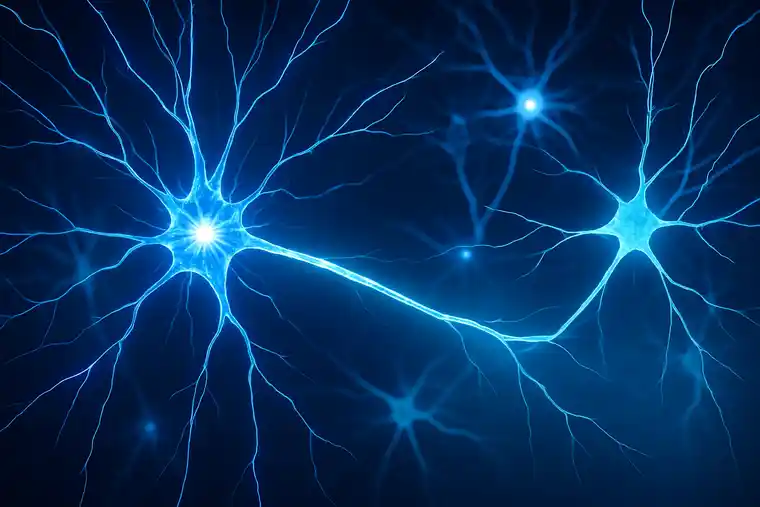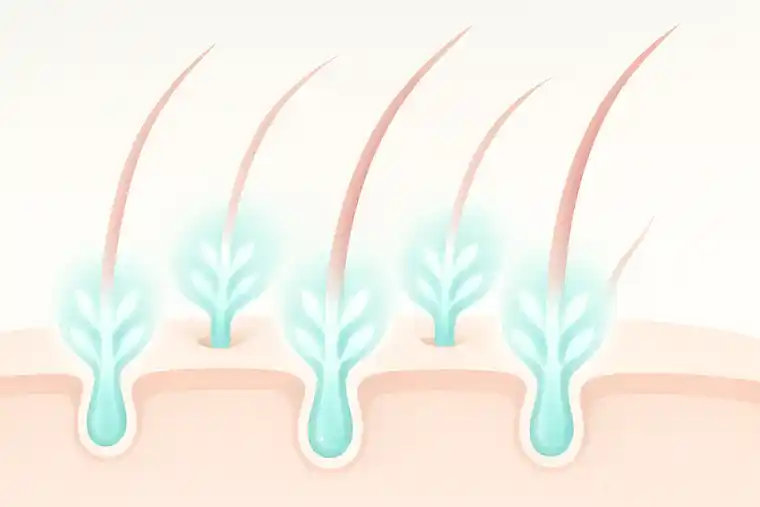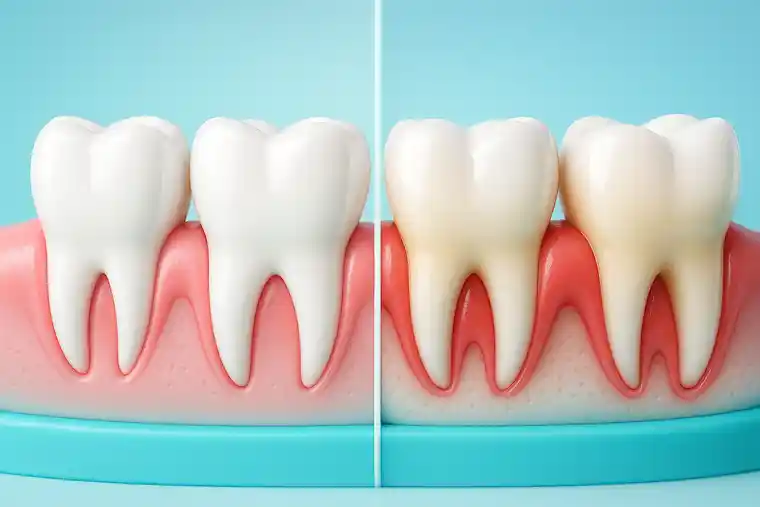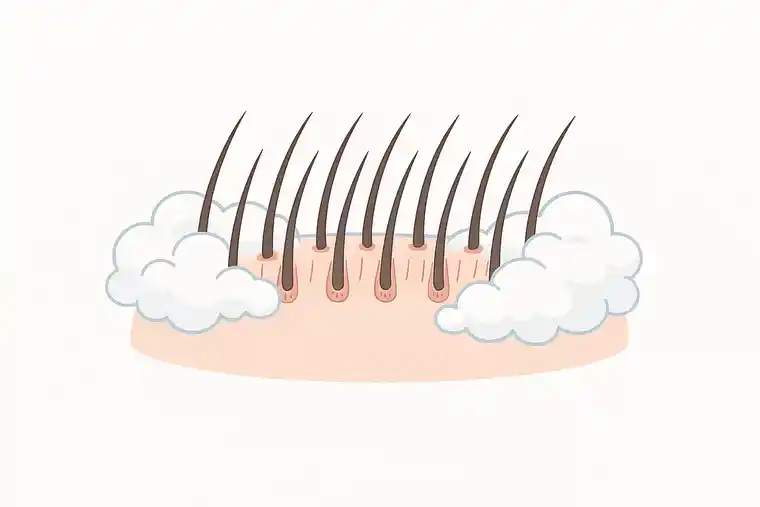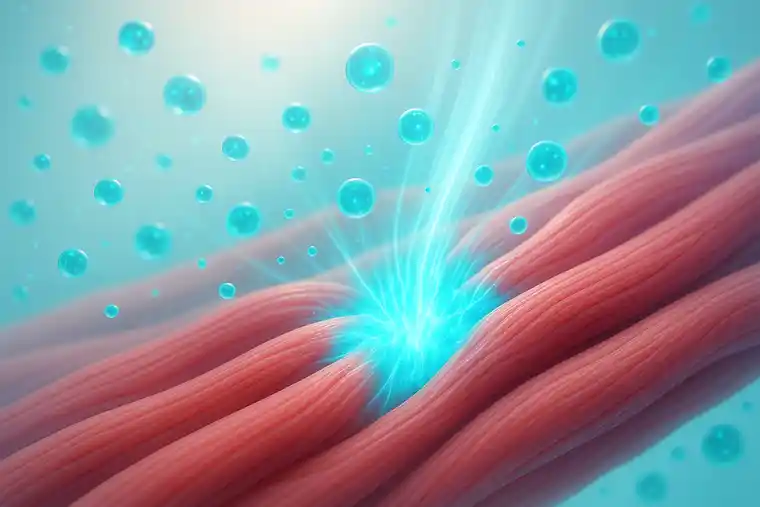Stem Cell & Exosome Treatment for Cerebral Palsy in Istanbul, Turkey – Insights by Prof. Dr. Serdar Kabataş, MD, PhD(C)

Understanding Cerebral Palsy and the Role of Regenerative Therapy
By Prof. Dr. Serdar Kabataş, MD, PhD (C)
A Personal Perspective
I’m Prof. Dr. Serdar Kabataş, a neurosurgeon who has spent more than twenty years working with patients affected by serious brain and spinal conditions – from trauma and tumors to congenital disorders in children. Over those years, I’ve learned that medicine is as much about humility as it is about skill.
When I first started, I believed that precision and long hours could solve almost anything. But medicine teaches you otherwise. You discover that for every patient you can help dramatically, there are others you can only help a little – and sometimes that little means everything.
Cerebral palsy is one of those conditions that never leaves my mind. I’ve watched children grow up in therapy rooms, parents rebuild their lives around slow, steady progress – a few clearer words, a small step that once seemed impossible.
That is what led me toward regenerative medicine – especially stem-cell and exosome-based treatments. They do not replace rehabilitation; they extend it.
They give the nervous system something rare: a second chance to reorganize itself, to recover, and sometimes to surprise us. I have seen children fight against bodies that do not follow their minds, and parents who spend nights searching for one more way to help. Traditional medicine has given us rehabilitation, surgery, and medication – all important – but it often reaches a plateau.
That is why I turned toward stem-cell and now exosome-based treatments fır CP: not to promise miracles, but to open new possibilities where once there were none.
Table of Contents
What Cerebral Palsy Really Means for Families
When families come to see me, the first thing I often hear is silence. They look at their child, then at me, and somewhere in between comes the question: “Will things ever get better?”
Cerebral palsy isn’t a single disease; it’s a story that begins early – sometimes before birth – when the developing brain is injured. The damage doesn’t spread, but the challenges grow with the child. Muscles stiffen, speech takes effort, small tasks turn into long lessons.
Over the years I’ve seen how much strength hides inside these families. Mothers who learn every therapy by heart, fathers who lift their children day after day without complaint, siblings who mature too soon. Cerebral palsy reshapes a whole family’s life – not just the child’s.
Where cerebral palsy can begin – the “origins” in plain language
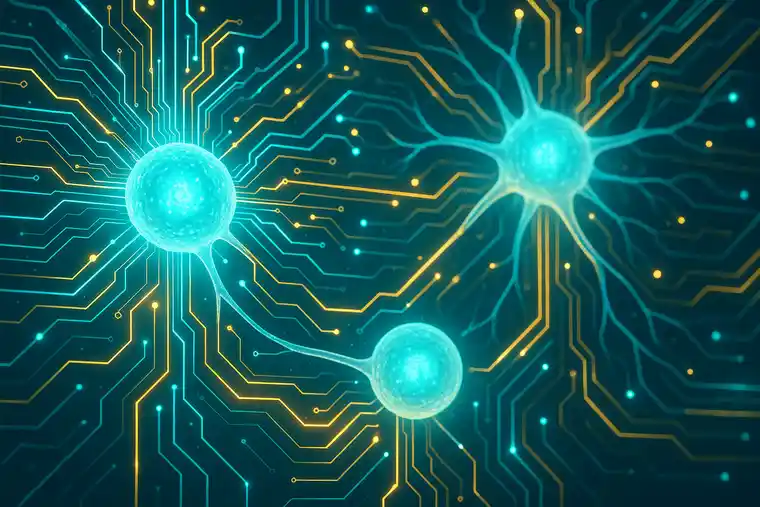
When I explain causes to parents, I try to map the timeline of CP:
- Before birth (prenatal):
Problems with the placenta, severe maternal infections (e.g., CMV, toxoplasmosis), certain genetic or metabolic conditions, or malformations as the brain is forming. Sometimes nothing was “done wrong” – the brain simply developed under stress. - Around birth (perinatal):
Lack of oxygen/blood flow during a difficult delivery (hypoxic-ischemic injury), very premature birth with fragile white matter (periventricular leukomalacia), or bleeding into the newborn brain. Severe jaundice (kernicterus) can also injure deep movement centers. - After birth (early postnatal):
Severe infections (meningitis, encephalitis), strokes, head trauma, or prolonged seizures in the first months can leave lasting motor problems.
Quite often, there isn’t a single neat cause; it’s a mix of risks. And yes – in many children we never find a perfect explanation. That uncertainty can be hard, but it doesn’t change what we can do next.
How we classify CP – and what each type looks like in real life
We group CP by the movement pattern we see and the body parts most affected. Labels help us plan therapy, but they never replace the child in front of us.
1) Spastic type of CP – “stiffness that fights you”
This is the most common form. The signals that should relax a muscle don’t get through properly, so muscles stay tight and resist movement.
- How it shows up: scissoring of the legs, toe-walking, elbows held stiff, limited hip/knee/ankle range. Movements look effortful, like the body is working against its own brakes.
- Where it sits:
- Spastic diplegia – legs > arms (typical after extreme prematurity).
- Spastic hemiplegia – one side more affected (often perinatal stroke).
- Spastic quadriplegia – all four limbs and trunk (more severe, often with speech/swallow challenges).
- What families notice first: shoes wearing unevenly, tiptoe stance, a hand that doesn’t open easily.
2) Dyskinetic (athetoid/dystonic) of CP – “movements that won’t stay still”
The “gearbox” of movement (basal ganglia) was injured, often by kernicterus or severe oxygen problems. Tone fluctuates; movements are twisting, writhing, or sudden and can worsen with stress or excitement.
- How it shows up: variable tone – floppy one moment, rigid the next; involuntary head/neck movements; facial grimacing; speech that’s hard to control even when the thoughts are clear.
- What families notice first: the child can move but can’t control the movement well; “loose” as a baby, then “twisty” under effort.
3) Ataxic type of CP – “the balance system is noisy”
The cerebellum (the brain’s coordinator) is affected. Movements are shaky, timing is off, and balance is fragile.
- How it shows up: wide-based gait, intention tremor (the hand trembles as it nears a target), difficulty with fast alternating movements, slurred or scanning speech.
- What families notice first: frequent falls, “clumsy” fine motor skills, handwriting that tires quickly.
4) Mixed forms of CP – “more than one pattern at once”
Real life rarely respects our categories. A child can have spasticity and dystonia together, for example. We treat the pattern that limits function most and adjust as the child grows.
Two other lenses we always use at Cerebral Palsy (because they change planning)
- Distribution: Is it mainly the legs (diplegia)? One side (hemiplegia)? Or all four limbs and trunk (quadriplegia)? Distribution shapes goals – from bracing and gait training to bimanual therapy and seating.
- Functional level (GMFCS I–V):
A practical scale from “walks without limitations” (Level I) to “needs a wheelchair for mobility” (Level V). It’s not a verdict; it helps us set realistic, useful goals – independent steps for some, safe transfers and communication access for others.
Where stem cells and exosomes fit into these types (brief and honest)
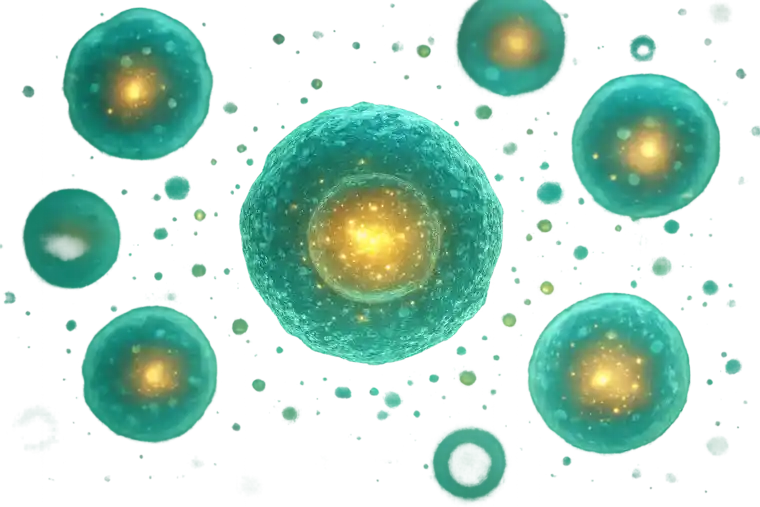
- In spastic patterns, reducing neuro-inflammation and improving white-matter connectivity may soften tone and make therapy more effective.
- In dyskinetic patterns, gains are slower; any improvement in trunk/head control or reduced overflow unlocks communication and feeding.
- In ataxic patterns, even small improvements in cerebellar signaling can translate into steadier balance and less tremor under effort.
- In mixed patterns, we track the functional goal, not the label: easier transfers, clearer words, safer swallowing, fewer falls.
None of this replaces rehabilitation for CP patients. Biological therapy changes the environment; therapy teaches the skill. When the two line up, we see progress that felt out of reach before.
Symptoms and Daily Challenges of Cerebral Palsy
The most visible signs of CP are motor – difficulty walking, clumsy hand use – but the hidden struggles are often greater: speech delay, drooling, seizures, pain, emotional frustration.
One of my young CP patients once told me, through a communication board, “My body is slow, but my thoughts are fast.” That sentence summarizes CP better than any textbook.
Stem Cell Therapy for CP – What Science Tells Us – Experience with real patients
Stem cells are not magic cells; they are support systems. They release growth factors that calm inflammation, protect neurons, and encourage new connections. Most of the work today uses mesenchymal stem cells (MSC) derived from Wharton’s Jelly – the soft tissue inside umbilical cords donated after healthy births.
Over the last decade, research regarding Cerebral Palsy has started to catch up with what some of us have seen at the bedside.
A recent clinical study published in NLM – National Library of Medicine – https://pmc.ncbi.nlm.nih.gov/articles/PMC10989435/ discussed how stem cells from Wharton’s Jelly – the soft tissue inside the umbilical cord – may help children with cerebral palsy move more freely and reduce spasticity.
The data are early, but they point in a direction that feels right to me after years of clinical work.
I have watched these small changes with my own eyes.
One little girl with CP, seven years old, could barely hold her balance when she first came to us. After several sessions combining Wharton’s Jelly stem cells with exosomes, she started taking hesitant, unsteady steps – but they were her own steps.
Another child, who had never managed to form clear words, suddenly began to name colors during a therapy session. You could see the disbelief on his mother’s face – a mix of joy and tears.
These are not miracles, and they are not cures.
But they are moments that change how a family lives – moments that turn impossible into almost possible.
And in our field, that difference matters more than statistics ever will.
The Patient Journey in Stem Cell & Exosome Therapy for Cerebral Palsy
Every child’s path through treatment begins long before the first injection. It starts with a conversation — not a checklist.
When families arrive, I spend time listening. We look at MRI scans together, talk about what has changed and what hasn’t, and, most importantly, what they hope for. Sometimes those hopes are simple: “I just want my child to sit without falling,” or “to say one word clearly.” That becomes our starting point.
Once we understand the medical picture, we build a plan that fits the child — not the other way around. The number of sessions, the route of delivery (sometimes through the vein, sometimes into the spinal fluid), even the intervals between applications — these are shaped by the child’s needs, not by a standard formula.
The cells themselves come from umbilical cords donated after healthy births. They are prepared in a GMP-certified laboratory, screened and tested until we are absolutely sure they are safe to use.
When treatment begins, it takes place in a sterile medical environment, under careful monitoring. Parents often wait close by, nervous but hopeful. Most children tolerate the procedure very well — a little drowsy afterward, but fine within hours.
Then comes the most important part: rehabilitation.
Stem cell and exosome therapy can open the door, but therapy helps the child walk through it.
Sometimes the first changes are so small that only parents notice them. A hand that had always been clenched begins to loosen. Eyes start following movements more smoothly. A laugh comes more easily. I have learned that these small moments, more than any test result, are what keep families believing.
I tell them: “Do not look for fireworks; look for small lights appearing one by one.”
Understanding Exosomes – The Small Messengers That Change the Conversation
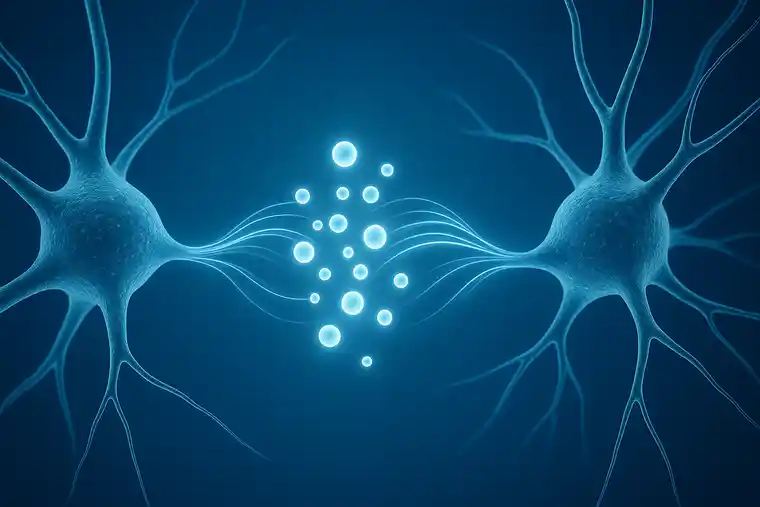
Over the years of studying stem cells, I began to notice something remarkable: even when the cells themselves didn’t survive for long, patients sometimes still improved. That raised an important question – what exactly was doing the healing?
Sometimes, after working with stem cells for years, I began to wonder why some patients improved even when the cells themselves couldn’t survive long in the body. It made me think – maybe it wasn’t the cells doing the work directly, but something they were sending out.
That “something” turned out to be exosomes – tiny bubbles released by living cells, carrying chemical instructions and fragments of genetic code. They travel through the body like quiet messengers, helping one cell speak to another.
In children with cerebral palsy, where the damage lies deep within the brain and protected by barriers that most treatments can’t cross, this communication becomes crucial. Exosomes are small enough to pass through those barriers and reach the areas that still have the potential to respond.
The brain protects itself behind a wall called the blood–brain barrier, and that wall keeps most therapies out. Stem cells are too large to cross it. Exosomes, however, are small enough to pass through and reach the areas that truly need help.
Once they arrive, they seem to calm the inflammation that keeps the brain in a constant state of tension. They also support the formation of tiny new blood vessels, which improves oxygen and nutrient flow, and they may even encourage nerve fibers to reconnect – the slow rebuilding of lost communication.
What makes exosomes so interesting for me as a clinician is their safety. They don’t divide, so they can’t form tumors. They can be cleaned, tested, stored, and used in a way that feels more like giving a biological signal than performing a transplant. It’s still early work, but in my experience, their role will only grow stronger in the years ahead.
In our early clinical experience, exosome applications have been safe and well tolerated – no serious adverse events, only mild fatigue or temporary headache.
Safety, Risks, and Responsible Innovation
People often ask me, “Is it safe?” And I understand that question more than any other. I have children myself, and I know what it means to hand someone you love over to medicine.
That’s why I never recommend any treatment unless I would be comfortable offering it to my own family. Safety isn’t a checkbox – it’s the foundation for everything we do. The laboratories we work with are GMP-certified, every batch of stem cells or exosomes is tested for purity, and every patient is followed closely after each session.
Still, every medical procedure carries some degree of risk. With regenerative treatments, we sometimes see mild reactions – a low fever, slight headache, or tiredness that passes after a day or two.
But there is another kind of risk – false hope. This field moves fast, and I’ve learned to walk a line between optimism and honesty. Every success teaches us something; every setback reminds us to stay humble. My goal isn’t to replace traditional medicine, but to extend it – to offer a way forward when rehabilitation alone has reached its limit.
Realistic Progress in CP – How Change Actually Looks
I’m always honest with families about what to expect. This isn’t a switch that turns things back to the way they were. Recovery comes slowly – sometimes in ways you can see, sometimes in things you can only feel.
I’ve watched hands that used to stay tight begin to soften over weeks of therapy. I’ve seen children who once avoided eye contact suddenly look up and hold it, just for a second longer. Those seconds matter. They may not seem like much to anyone else, but for a parent, they are everything. They’re proof that the story isn’t finished yet.
Quality and Ethical Sourcing of Stem Cells & Exosomes fır Cerebral Palsy
All biological materials used in our program come from donated umbilical cords after healthy births, with full parental consent.
The tissue is processed in Good Manufacturing Practice (GMP) facilities under national and international regulations.
Every batch is screened for infections and genetic stability before release.
For me, this is not a technical detail – it’s an ethical line.
I’m often asked how we balance hope and science. The truth is, it’s not easy. Regenerative medicine sits in that narrow space between what we know and what we believe might one day be possible. That’s why I hold to a simple rule: I don’t offer any therapy I wouldn’t want for my own family.
Quality and safety come before everything else. The laboratory work, the cell testing, the patient selection – every step has to earn trust. It’s the only way this field can grow without losing credibility.
I’ve learned to stay cautiously optimistic. Every time we see progress in a child, we celebrate – but quietly. Because for every success, there’s another case that reminds us how much we still don’t understand. That humility is part of the science.
Our goal isn’t to replace conventional medicine; it’s to extend it. To give families a way forward when all the usual roads seem to end. Sometimes that means a big step, sometimes just a small one -but for the families I meet, even a small step can change everything.
Conclusion – Hope Grounded in Science
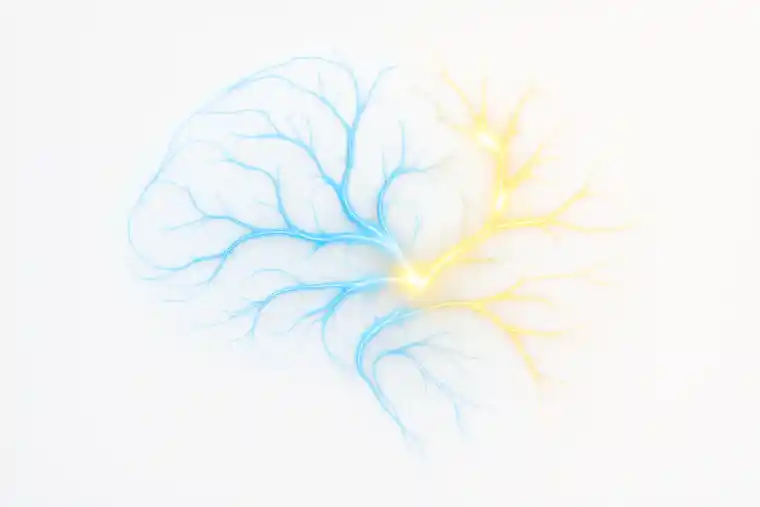
Cerebral palsy changes not only the child’s body but the rhythm of an entire family’s life.
Stem cell and exosome therapies for CP cannot erase the past, yet they can shape the future.
They offer a new layer of possibility – improving movement, speech, and quality of life, sometimes in ways we could not imagine a decade ago.
Medicine, at its heart, is about restoring dignity.
If a child can take one independent step, speak one clear word, or smile with less effort, that is a victory worth pursuing.
As science advances, I remain guided by the same principle I had as a young neurosurgeon: to give every patient a fair chance at a better tomorrow.
Frequently Asked Questions about Stem Cell & Exosome Treatment for Cerebral Palsy
Is there any real cure for cerebral palsy – can my child ever get fully better?
That’s the question every parent asks first. The honest answer is: no, there isn’t a full cure yet.
The brain injury that causes cerebral palsy doesn’t go away. But that doesn’t mean nothing can change. What we try to do with stem cell and exosome therapy is help the brain work better with what’s still healthy – to make movement smoother, speech clearer, or muscles less stiff. Some children surprise us; others just get a little more comfortable in their own body. Both matter.
How likely is it that my child will actually improve?
It’s different for every child. Some families notice changes after the first session – better head control, easier sitting, more focus.
For others it takes months, or progress stays very subtle. What we see most often is small, real gains that make daily life a bit easier.
There’s no fixed percentage that fits everyone. What matters is that therapy, rehab, and biological treatment work together – that’s when we start to see progress that feels meaningful, even if it’s not dramatic.
How many sessions are usually needed, and how far apart?
Most families start with two to three sessions, one week apart. This allows time for the body and nervous system to respond.
The plan is always individual – based on MRI findings, medical condition, and how the first treatment works. We never rush; steady, monitored progress matters more than quick repetition.
Is it safe for young children?
Yes – when done in a certified medical environment with screened stem cells and exosomes from healthy umbilical cords.
The main effects we’ve seen are mild and short-lived: tiredness, light fever, or headache for a day. No severe complications have occurred in our clinical work. The real risk is choosing an unregulated clinic that doesn’t follow GMP or medical ethics.
When should we expect to see changes, and what do they look like?
Usually not immediately. Parents often notice the first signs after a few weeks – a hand that starts to loosen, a clearer word, a stronger head hold.
Progress comes quietly, step by step, and always together with rehabilitation. We tell families: don’t look for miracles; look for small lights appearing one by one.
What’s the difference between stem cells and exosomes – and why use both?
Stem cells are like the “parent” cells – they release helpful signals that calm inflammation and support healing.
Exosomes are the tiny messengers that carry those signals through the body. They’re tiny enough to pass through places where stem cells can’t go – even the natural barrier that protects the brain.
When we use them together, the stem cells create the healing signal, and the exosomes bring it right to the place where it can help most. They work like a team – one speaks, the other makes sure the message arrives safely.
Get your free consultation
- Need guidance and reassurance?
- Talk to a real person from MedClinics!
- Let's find the perfect doctor together.
